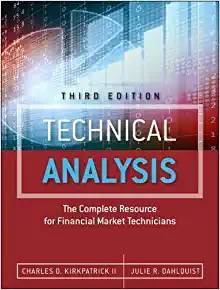Answered step by step
Verified Expert Solution
Question
1 Approved Answer
must be in EXCEL Problems Concept: the problem is designed to show the effects of using leverage or borrowing money to buy stocks. The margin
must be in EXCEL
Problems
- Concept: the problem is designed to show the effects of using leverage or borrowing
- money to buy stocks. The margin is the percent of cash needed to purchase the stock. The lower the margin, the less cash needed to purchase the stock, the greater the gain/loss.
- Math: first calculate the investment: price per share * number of shares. Then calculate the sale proceeds: price per share after a year * number of shares. Subtract the sale proceeds from the investment, this is the gain or loss.
- Calculate the margin on investment: margin requirement * investment = cash investment. Do for all three margin requirements. Divided the gain/loss by the cash investment = return on investment.
- Concept: the problem is designed to show the impacts of leverage on a losing position. The cash invested gets depleted by the loss. The size of the loss increases with leverage. Math: same as above. However, the loss eats into the cash proceeds. This problem needs to be setup so that when calculating the margin, it shows the investment, margin and borrowing. The borrowing needs to be repaid regardless of the proceeds of the sale. Therefore, when there is a loss, the cash invested declines to pay off the loan.
- Concept: the problem is showing the effects of margin on returns. The lower the margin the higher the amount borrowed. This magnifies the effects of a gain/loss. The return on investment is the gain/loss divided by the actual cash invested, which would be the margin.
- Math: Same as the other problems. Investment = price * # shares, margin = investment * margin requirement. Proceeds from sale = sale price. Again lay out the problem showing the gain/loss from proceeds minus investment. With the margin, the margin is the cash, the investment - margin = borrowings. Any loss comes out of the margin or cash.
6. Concept: the problem is illustrating the foolishness of shorting a stock. The largest gain is the current price if the price were to go to zero at some point in the future. The risk comes from the possibility that the price rises above $4, then there is a loss. The largest gain is $4 the largest loss is unlimited.
Math: don't over think this one. It doesn't require number of shares just price. Just subtract the new price from the original price and that is the gain/loss.
Step by Step Solution
There are 3 Steps involved in it
Step: 1

Get Instant Access to Expert-Tailored Solutions
See step-by-step solutions with expert insights and AI powered tools for academic success
Step: 2

Step: 3

Ace Your Homework with AI
Get the answers you need in no time with our AI-driven, step-by-step assistance
Get Started


